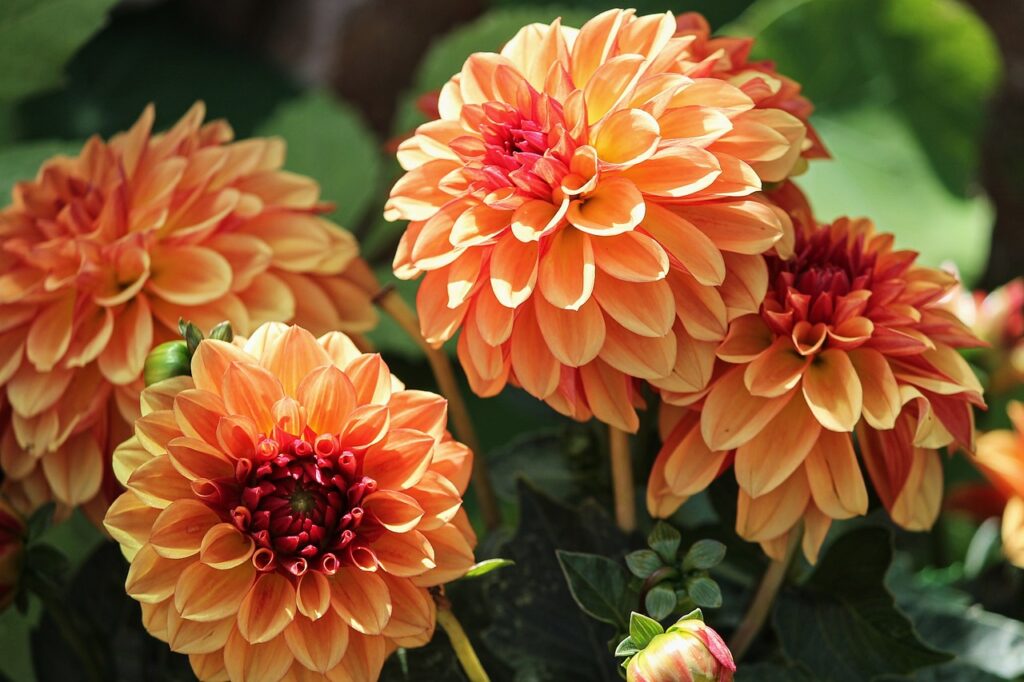To Share is to Show You Care!
What is Container Gardening?
Container gardening is a method of growing plants in pots, baskets, or any other containers. This gardening technique is suitable for people who do not have enough outdoor space, want to add greenery to their balconies or patios or have poor soil quality. You can grow anything from flowers to vegetables in a container garden.
How to Start a Container Garden for Beginners?
Starting a container garden is relatively easy and requires minimal effort. Here are some steps to help you get started:
1) Choose the Right Container: The first step is to choose the right container for your plants. Look for a pot or basket that is large enough to accommodate the plant’s root system and has proper drainage.
2) Select the Right Soil Mix: Using the right soil mix is essential for container gardening. Choose a high-quality potting mix that contains peat moss, vermiculite, and perlite.
3) Pick the Right Plants: Selecting the right plants is crucial for a successful container garden. Consider the amount of sunlight your garden will receive and choose plants that thrive in that environment.
4) Water Regularly: Water your container garden regularly to keep the soil moist. Check the soil daily and water when the top inch feels dry.
When Should I Start a Container Garden?
The best time to start a container garden is in the spring when the temperature starts to warm up. This allows the plants to establish a strong root system before the hot summer months.
How Deep Does a Container Garden Need to Be?
The depth of the container garden depends on the plant’s root system. As a general rule, the container should be at least 6 inches deep for shallow-rooted plants and up to 18 inches for larger plants.
What are Some Disadvantages of Container Gardening?
While container gardening has numerous advantages, there are also a few drawbacks to consider. Some of these include:
1) Limited Space: The size of the container limits the size of the plant.
2) Soil Quality: Plants in containers rely on the quality of the soil in the container.
3) Watering: Container plants need to be watered regularly.
How Do You Winterize a Container Garden?
Winterizing a container garden is essential to protect the plants from frost damage. Here are some steps to help you winterize your container garden:
1) Move Indoors: If possible, move your container garden indoors to protect the plants from the cold.
2) Mulch: Mulch around the base of the container to insulate the soil.
3) Water: Water your container garden regularly during the winter months to keep the soil moist.
What is the Best Mix for Container Gardening?
The best soil mix for container gardening should be well-draining, nutrient-rich, and lightweight. A good mix is one that contains peat moss, vermiculite, and perlite.
Should I Water My Container Garden Daily?
The frequency of watering your container garden depends on the size of the container, the plant’s root system, and the climate. As a rule, water your container garden when the top inch of soil feels dry.
What Do You Put in the Bottom of a Garden Container?
Adding a layer of drainage material to the bottom of the garden container can help prevent water from pooling at the bottom. You can use gravel, stones, or broken pottery as a drainage layer.
What Vegetables Can Grow Together in Containers?
Certain vegetables grow well together in containers, making it easier to cultivate a thriving container garden. Here are some vegetable combinations that work well together:
1) Tomatoes and Basil: Tomatoes and basil make a great combination as they have similar sun and watering needs. Plus, the basil helps repel pests that can harm the tomato plants.
2) Carrots, Radishes, and Onions: These root vegetables grow well together as they all have shallow root systems. The onions also help repel pests that can damage the carrot and radish crops.
3) Peppers and Eggplant: Peppers and eggplant are from the same family, and they have similar growing requirements. They also complement each other in flavor, making them a perfect combination for container gardening.
Conclusion
Container gardening is an excellent option for anyone who wants to grow plants in a limited space. With the right container, soil mix, and plants, you can have a thriving container garden in no time. However, it is crucial to keep in mind the disadvantages of container gardening, such as limited space, soil quality, and watering requirements. With the tips provided in this post, you can start your container garden and enjoy fresh produce and beautiful blooms in your home.
The Informed Minds
I'm Vijay Kumar, a consultant with 20+ years of experience specializing in Home, Lifestyle, and Technology. From DIY and Home Improvement to Interior Design and Personal Finance, I've worked with diverse clients, offering tailored solutions to their needs. Through this blog, I share my expertise, providing valuable insights and practical advice for free. Together, let's make our homes better and embrace the latest in lifestyle and technology for a brighter future.


Very good blog post. I absolutely appreciate this website. Thanks!
A motivating discussion is worth comment. I do believe that you should write more on this subject matter, it might not be a taboo subject but generally people do not talk about these subjects. To the next! Best wishes!!